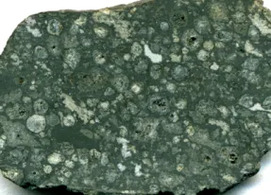Boron Behavior During the Evolution of the Early Solar System: The First 180 Million Years
The behavior of boron during the early evolution of the Solar System provides the foundation for how boron reservoirs become established in terrestrial planets. The abundance of boron in the Sun is depleted relative to adjacent light elements, a result of thermal nuclear reactions that destroy boron atoms. Extant boron was primarily generated by spallation reactions. In the initial materials condensing from the solar nebula, boron was predominantly incorporated into plagioclase. Boron abundances in the terrestrial planets exhibit variability, as illustrated by B/Be. During planetary formation and differentiation, boron is redistributed by fluids at low temperature and during crystallization of magma oceans at high temperature.


